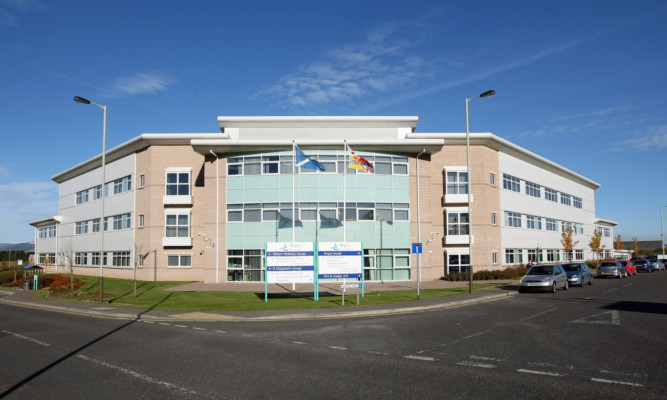Angus Council is seeking feedback on its plans to support and promote the Gaelic language.
The council has published its first Gaelic language plan which sets out the authority’s ambitions for Gaelic over the next five years.
The aim is to contribute to the Scottish Government’s vision of safeguarding the future of the Gaelic language.
The draft plan gives the council a starting point for developing and improving its Gaelic provision and sets out actions to raise the status of the language in Angus.
The document contains a foreword from Angus Council chief executive Richard Stiff and Provost Helen Oswald, who said their aim was to enhance the profile of the language and provide more opportunities for communities to communicate in Gaelic.
The council chief and provost stated: “The plan will also support implementation of the Scottish Government’s National Outcome ‘We take pride in a strong, fair and inclusive national identity’.
“Since 1995, Angus Council has actively supported the Gaelic language through formal primary education.
“Gaelic medium education has been at the centre of these developments and we have recently expanded our provision into secondary school level at Forfar Academy.
“Angus was not originally occupied by Gaelic speakers, but we acknowledge that there are Gaelic speakers currently resident in Angus who form a small and important part of our community.
“It is our ambition to not only sustain but to increase these numbers through the aims and actions contained within our Gaelic language plan.
“We see this, our first Gaelic language plan, as a starting point for developing and improving our current Gaelic provision.
“Our commitments within the plan set out what we will do to raise the status of Gaelic in a proportionate way.”
To view the plan, and make comments, visit angus.gov.uk/hys.
The Gaelic Language (Scotland) Act 2005 requires the public sector in Scotland to play its part in creating a sustainable future for Gaelic.
Angus Council is one of many public authorities to be issued with a statutory notice to now produce a Gaelic language plan.
